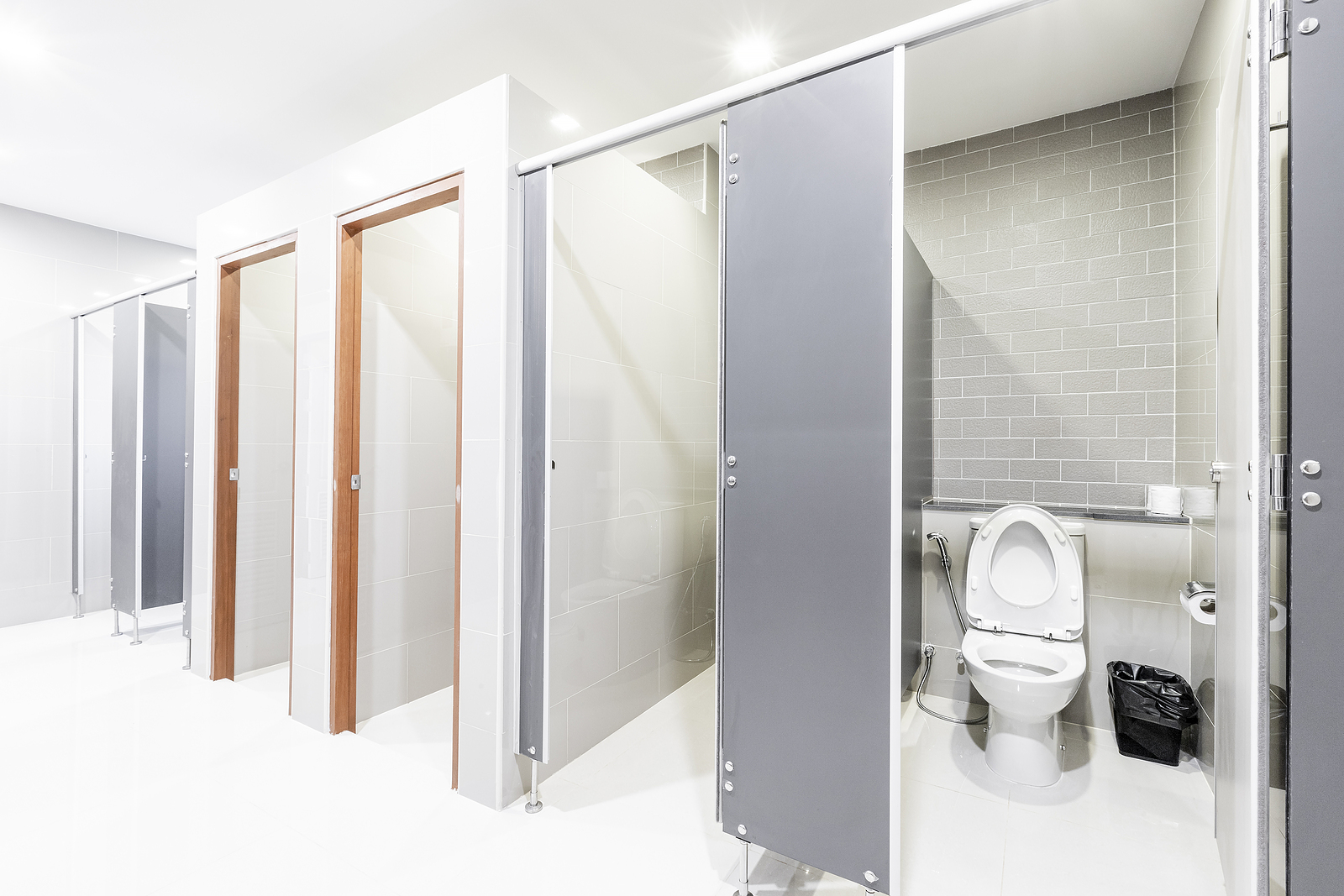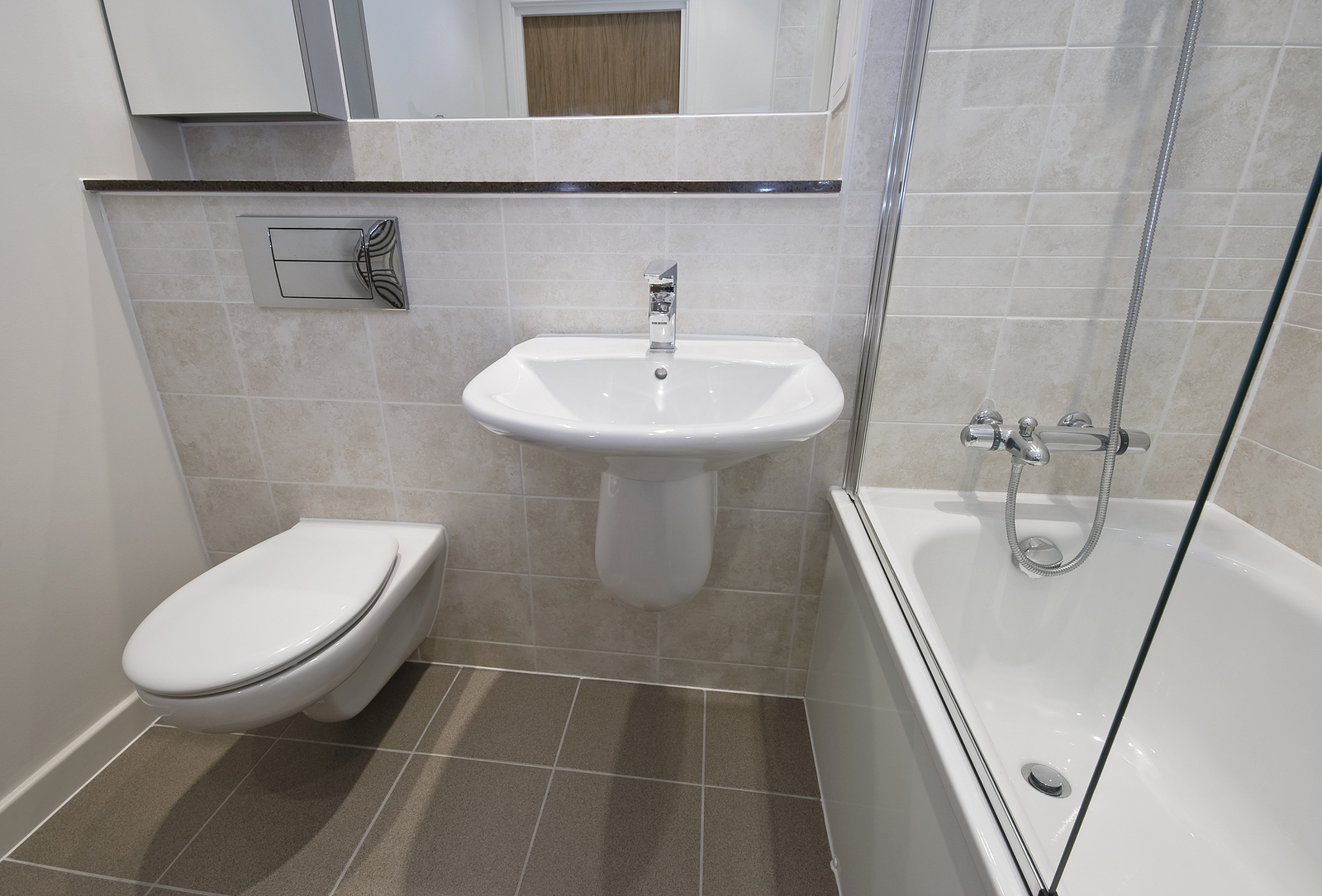

Public spaces need an adequate provision of functional, hygienic, accessible washrooms to ensure that everyone can feel comfortable travelling anywhere they want to go.
We do our utmost to make it easier for building managers and owners of public washrooms to provide adequate facilities in no small part thanks to our complete toilet cubicle packs, which include doors, partitions, fixtures, fittings and any other required components.
Beyond the legal requirements for washroom provision in workplaces, fitting disabled washrooms to meet the needs of the Equality Act and so on, the benefits of installing adequate facilities are considerable and the principles that shape modern designs can be traced back thousands of years.
Public Washrooms And The Dawn Of Civilisation
Whilst it is not known nor may it ever be known what the first ever public washrooms were, there is evidence that every early civilisation was aware on some level of the importance of hygiene and had some form of latrine.
The oldest known washrooms were found in ancient Mesopotamia roughly 6000 years ago, in ancient cities such as the lost Temple of Bel at Nippur and Eshnunna, both in what is now modern-day Iraq.
They used sewer pipes similar to what would become the Roman aqueduct system to create an early form of flushing toilet.
What made them particularly notable and influential on modern washrooms, however, was their modular, replaceable nature. They were designed to be easily cleaned and replaced as and when required, something that is a vital part of safe and hygienic facilities today.
The Parallel Development Of The Washroom
What is particularly interesting about early flushing toilets and public washrooms is that it is an example of parallel invention, where multiple inventors or groups of inventors find a similar solution to the same problem at roughly the same time without any form of communication.
Along with the latrines at Hattusa and Uruk, the ancient village of Skara Brae on the British island of Orkney had possibly the first-ever indoor flushing toilet, with small channelled drains washing away waste with the help of nearby streams.
Similar systems have been found on the island of Crete, with the Minoan palace of Knossos similarly constructed near two flowing streams and thus having a natural source of free-flowing water that can be used to wash away waste.
Other examples have been found in Indus Civilisation sites as well, demonstrating a remarkable level of parallel development and an understanding of just how important public washroom access is and always has been.
According to a CNN article, a remarkably modern-looking flushing toilet was also found in the ruins of a Chinese palace dated to the Warring States Period (475 BC).
The Fall Of Rome And Fall Of The Washroom
It highlighted the need not only for sanitation but also for privacy and consistent public conveniences, and nowhere in the ancient world was this more evident and widespread than in the Roman Empire.
Whilst not the inventors of the aqueduct, the scale of Roman influence over the ancient world and the breadth of their empire meant that Roman public washrooms were found as far north as Hadrian’s Wall.
The system was more complex than any other civilisation that had come before, which allowed for indoor plumbing and thus indoor washrooms for both private homes and public latrines.
Rather unusually, particularly given that toilet cubicles are designed to provide privacy, latrines became somewhat ad-hoc social settings as they lacked the privacy screens and partitions found in modern washrooms, and also were used by a wide strata of people in cities.
Unfortunately, the fall of Rome and the end of the empire in the fifth century AD directly led to the end of the public washroom in much of Western Europe as it became yet another lost technology until the Renaissance led to a revival in interest.
In the Eastern Roman Empire, later known as the Byzantine Empire, the system was continually renewed and repaired until the Siege of Constantinople led to the end of the last vestiges of Ancient Rome.
Thousands Of Years Ahead
What is most fascinating about early public washrooms, toilets and sewage systems is that there is a clear understanding of the importance of providing places for people to maintain personal hygiene, even if the fundamental knowledge of why this is the case was not known until the 19th century.
The fall of the washroom as a concept coincided with several of the most devastating plagues in history. The Plague of Justinian spread just a century after the fall of Rome, and the same bubonic plague would spread widely by the 12th century.
The Black Death has been blamed on the lack of adequate hygiene, leading to a shift towards more private and controlled sanitation, which led to the development of the flushing toilet in the late 16th century.




